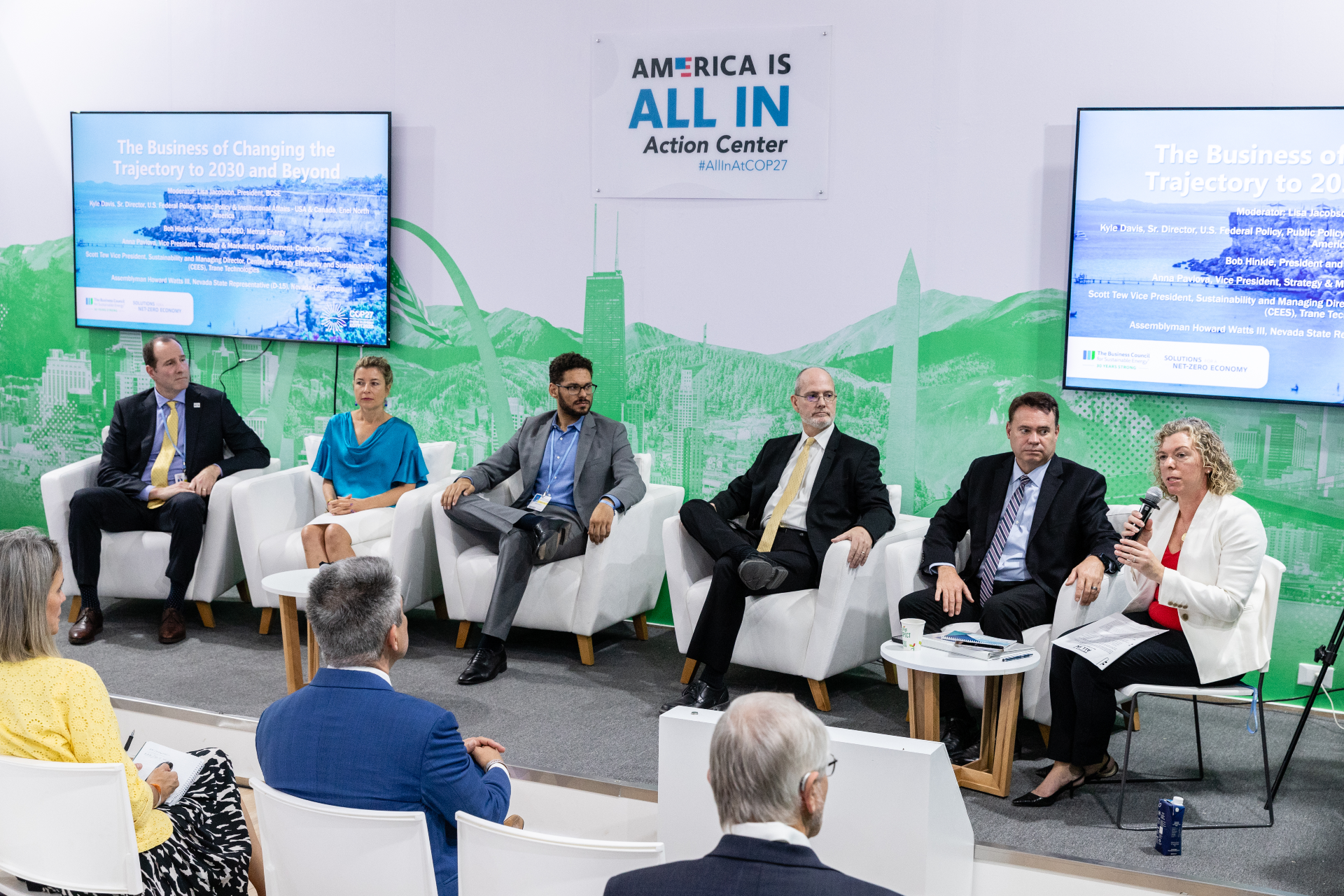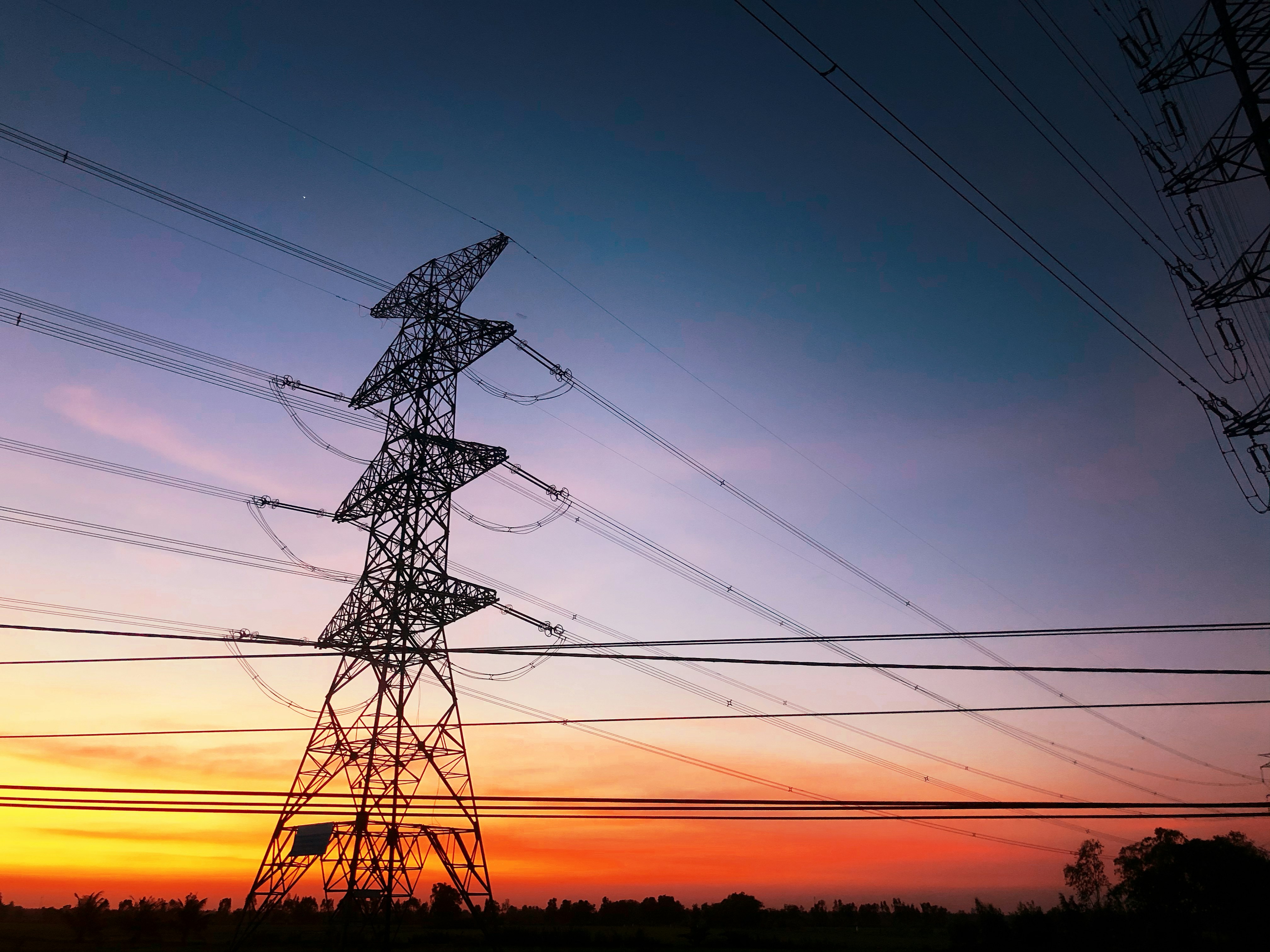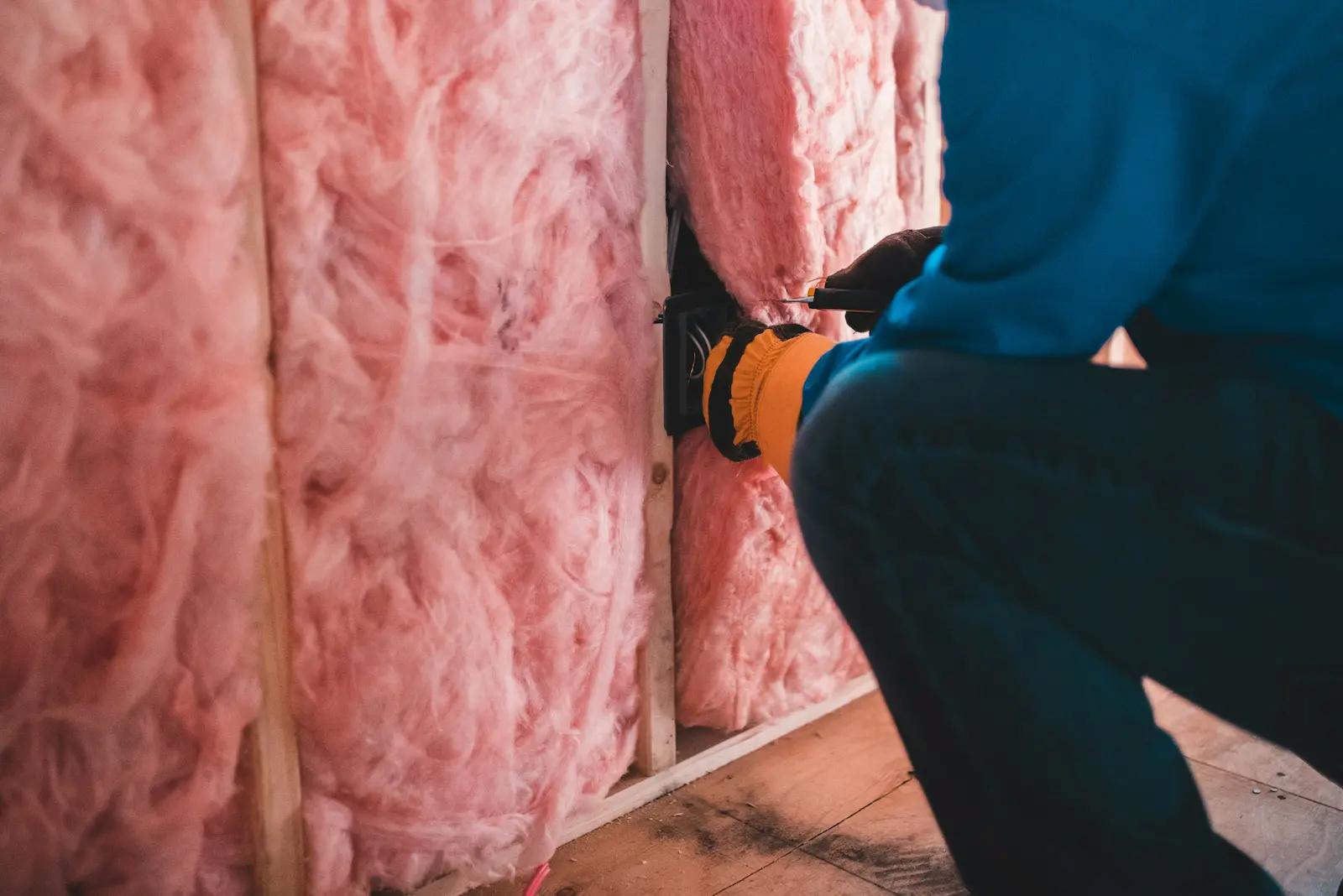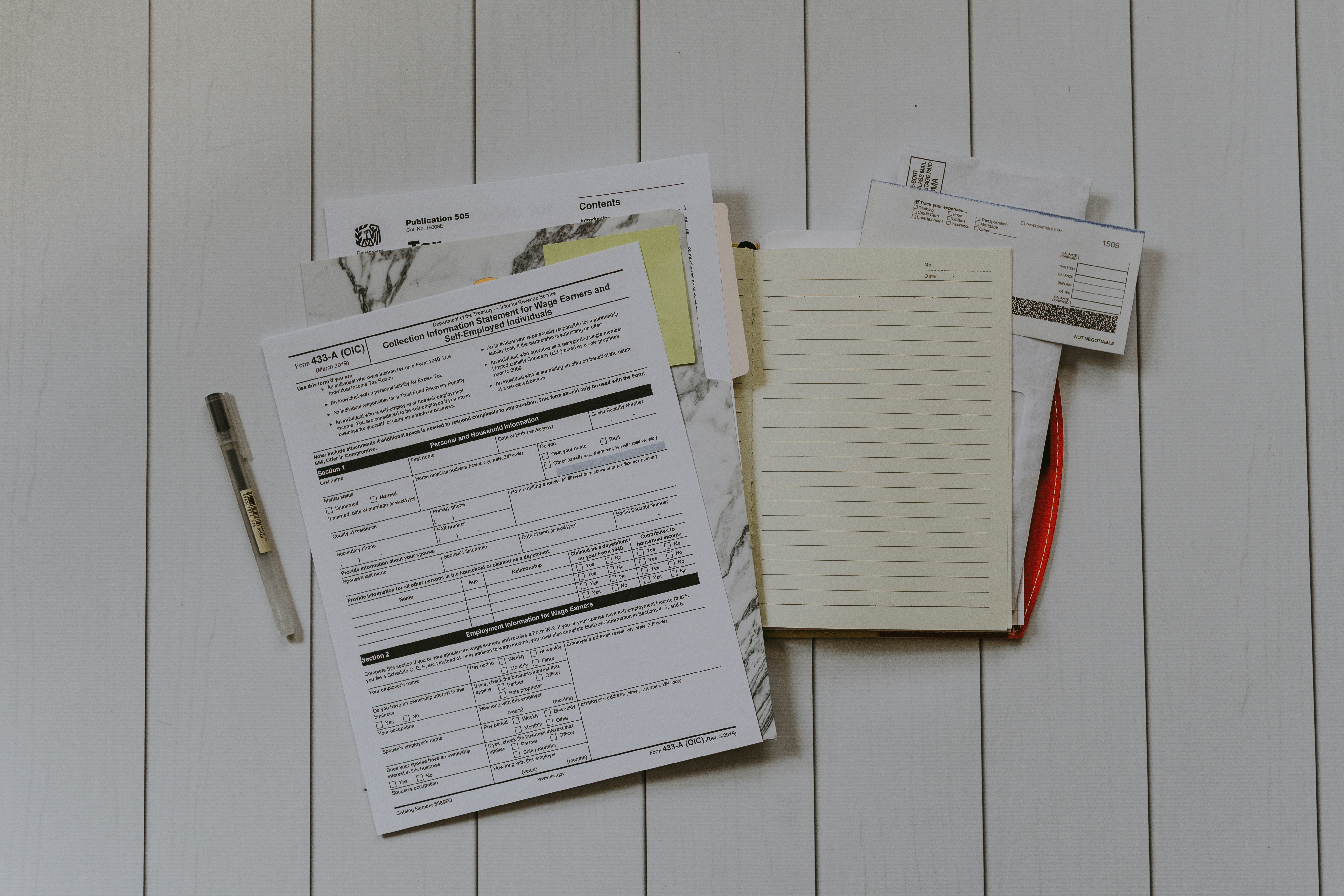Year-end Reflection: The Only Way Around Is Through
Let's Save Energy
Alliance to Save Energy's Blog

As the sole (unofficial) representative of the Energy as a Service (EaaS) industry at COP27, I had the unique opportunity to meet with a range of policymakers, NGOs, and business leaders to make the case that energy efficiency — especially when delivered as a service — is the fastest, lowest-cost path to decarbonization. The Alliance to Save Energy and the Business Council for Sustainable Energy were an active force and paved the way for U.S. businesses to engage in meaningful ways at this COP.
To be sure, energy efficiency was widely discussed at COP27: On “Energy Day,” several sessions focused on energy efficiency. The International Energy Agency held a session specifically on EE’s role in building decarbonization. The EU launched its Repower EU initiative, in which saving energy is the first of three pillars. Energy efficiency was also recognized by mayors and policymakers as an immediately deployable energy transition and expansion strategy. Energy efficiency was a core element in presentations by Signify, which noted that 50% of lighting in the US is still non-LED. Mission Efficiency (of which Metrus Energy is a proud member), emphasized at COP sessions the need to improve the narrative on the benefits of energy efficiency.
However, given that the proceedings in Sharm El-Sheikh were dubbed as the Implementation COP and that the main question looming over the event was, “How do we catch up to achieve 2030 targets?” it was a missed opportunity that energy efficiency was not featured more prominently. Energy efficiency was certainly part of the agenda and discussed in many side panels, but it was never center stage.
Listed below are my key takeaways from CO27 and where Metrus Energy's focus will be in 2023.
Energy efficiency should take the lead. Although there was added talk of the importance of fossil fuels due to the war in Ukraine and in the transition to a low carbon economy, there can and should have been more emphasis around energy efficiency as a robust and broadly supported solution to the benefit of all. The on-the-ground reality of climate change, as evidenced by the recent real-life examples of loss and damage doesn’t leave much room for another alternative. Climate-positive investments in efficiency upgrades, which includes private sector led financing solutions like EaaS are well-positioned to receive widespread support
Standardization and disclosure are not only coming but are welcomed. The White House announcement that federal contractors will be required to disclose GHG emissions and set science-based targets (SBT) adds momentum to the push for greater disclosure and standardization. This was highlighted by Ali Zaidi, the White House National Climate Advisor in a smaller, town hall meeting that I attended with others in the America is All In coalition. In all likelihood, the SEC climate rule will likely move forward more quickly early next year – and is something companies are already preparing for. In addition, the ISO launched its net zero guidelines at COP to provide an internationally agreed-upon definition of net zero, which, as CDP said, will link ambition to science. The view is anything being standardized leads to growth because it increases certainty. All of this will help the energy efficiency industry.
The lost 60 percent. I sat in on a meeting with a representative from CDP who characterized companies as falling into one of three buckets when it comes to planning and implementing GHG reduction projects: (1) 20 percent of firms who are trail blazers and most engaged and want to lead, are ahead of the curve, and often do things on their own; (2) another 20 percent who have not yet truly prioritized GHG reduction; and (3) the remaining 60 percent who are “lost” and don’t know where to start and need help to lower GHG within their operations. This is a common theme I heard at COP; namely, there is a large cadre of companies who represent a massive amount of potential GHG reductions (and project opportunities) who have not undertaken energy efficiency upgrades and will increasingly be mandated to act (whether by federal, state, or local guidelines) but don’t know how or where to start. Energy efficiency, given its speed of deployment and the economic rationale of right-sizing energy demand first, is the right and best place to start. It is incumbent on all of us in the energy efficiency industry to make it simple and easy for customers.
Growing importance of “blended finance” and public-private collaboration. There was a common theme of accelerating blended finance to mobilize private sector capital flow – both in developing countries and the United States and Europe. Blended finance means utilizing development finance to catalyze private sector flows. There was an increased messaging of the need for private sector investment and engagement. In the United States, this means working with regional green banks (e.g., DC Green Bank or the NYC Energy Efficiency Finance Corporation) to pursue targeted markets. It was widely noted that climate finance will need to come from the private sector and that the public sector, green banks, CDFIs, and development agencies can help in opening up markets and providing access to customers.
Think globally, act locally. I was impressed by the range of climate actions being taken by NGOs (like the World Wildlife Fund and the World Business Council for Sustainable Development) and local governments. These groups are sophisticated, closer to the ground, understand local markets, and have relationships with customers seeking immediate, project-based climate solutions. A number of mayors and state-level actors were in attendance talking about local initiatives, including Washington Governor Jay Inslee who discussed his state's decarbonization plans that include the use of Building Performance Standards to achieve energy savings. Cities like Boston, New York and Oakland are also increasingly requiring buildings to improve their energy efficiency and transition away from fossil fuel.
Fair and just energy transition coupled with action and implementation. There is growing impatience with greenwashing and commitments that don’t materialize – especially for nations dealing with disproportional harm from climate change but yet who are some of the least responsible for sizable emissions. There was also frustration with the slower implementation of the Infrastructure Bill and IRA that mayors and many federal leaders want to spur. This is an undercurrent that isn’t going to go away. The broad-based focus on quickly accelerating climate positive action and implementation is good for everyone, including the energy efficiency industry.
It often feels like we go around and around without achieving meaningful climate action. My hope is that COP27 represents the turning point for renewable energy and energy efficiency to lead the way as prime solutions, increased accountability, standardization and GHG disclosures as well as the collective realization that the only way around is through. Energy efficiency projects can and should lead the charge in 2023 and work synergistically with renewable investments to get us back on track. We can't afford another year of missed opportunities.
RECENT BLOG POSTS
STAY EMPOWERED
Help the Alliance advocate for policies to use energy more efficiently – supporting job creation, reduced emissions, and lower costs. Contact your member of Congress.
Energy efficiency is smart, nonpartisan, and practical. So are we. Our strength comes from an unparalleled group of Alliance Associates working collaboratively under the Alliance umbrella to pave the way for energy efficiency gains.
The power of efficiency is in your hands. Supporting the Alliance means supporting a vision for using energy more productively to achieve economic growth, a cleaner environment, and greater energy security, affordability, and reliability.



